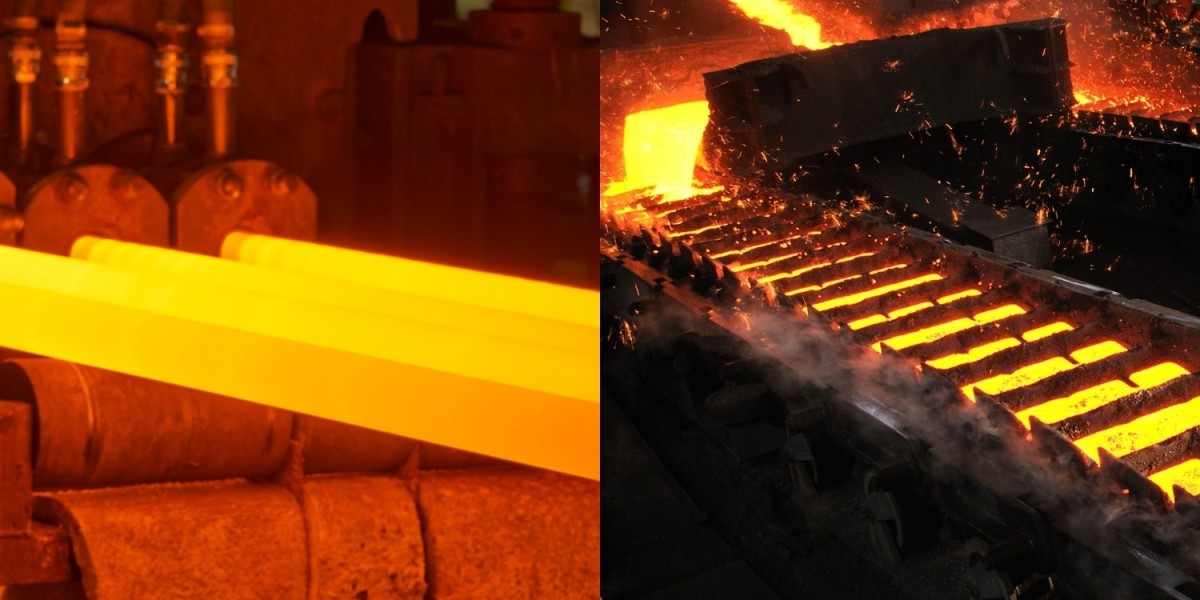When it comes to selecting the right material for various applications, the choice between ductile iron vs cast iron is often a critical decision. Both materials have distinct properties that make them suitable for different purposes. In this guide, we'll delve into the differences between ductile iron vs cast iron, their respective characteristics, applications, advantages, and limitations.
Ductile Iron:
Characteristics: Ductile iron, also known as nodular or spheroidal graphite iron, is characterized by its high strength, impact resistance, and ductility. It contains graphite in the form of nodules, which are responsible for its flexibility and toughness. The presence of graphite nodules gives ductile iron its unique mechanical properties, making it suitable for a wide range of applications.
Applications:
- Automotive Industry: Ductile iron is commonly used in the automotive industry for manufacturing components such as crankshafts, camshafts, and differential cases due to its excellent fatigue resistance and machinability.
- Piping Systems: Its corrosion resistance and high tensile strength make ductile iron pipes ideal for conveying water, sewage, and other fluids in municipal and industrial piping systems.
- Machinery Components: Ductile iron is preferred for manufacturing heavy machinery components, such as gears, pistons, and hydraulic cylinders, owing to its superior mechanical properties.
Advantages:
- Superior tensile strength and impact resistance compared to traditional cast iron.
- Greater flexibility and ductility, allowing for easier machining and fabrication.
- Excellent corrosion resistance, making it suitable for outdoor and underground applications.
- Cost-effective alternative to steel in many applications due to its favorable mechanical properties.
Limitations:
- Higher cost compared to conventional cast iron.
- Limited to applications where high tensile strength and ductility are required.
- Susceptible to heat treatment limitations due to the presence of graphite nodules.
Cast Iron:
Characteristics: Cast iron is a group of iron-carbon alloys with a carbon content greater than 2%. It is known for its excellent casting properties, good machinability, and wear resistance. Cast iron typically contains graphite in the form of flakes, which provide lubrication and contribute to its machinability.
Applications:
- Cookware: Cast iron cookware, such as skillets and Dutch ovens, is prized for its ability to retain and distribute heat evenly.
- Machine Tool Components: Cast iron is commonly used for manufacturing machine bases, bedplates, and engine blocks due to its damping properties and vibration absorption capabilities.
- Architectural Applications: Cast iron is favored for architectural elements like decorative railings, columns, and ornamental facades due to its aesthetic appeal and durability.
Advantages:
- Excellent casting properties, allowing for intricate and complex shapes to be easily produced.
- Good wear resistance, making it suitable for applications subjected to abrasion and friction.
- High compressive strength, making it ideal for load-bearing applications.
- Cost-effective material for a wide range of applications due to its abundance and ease of production.
Limitations:
- Brittle nature compared to ductile iron, making it susceptible to cracking under impact or sudden loads.
- Lower tensile strength and ductility compared to ductile iron, limiting its use in high-stress applications.
- Prone to rust and corrosion in certain environments, requiring protective coatings or maintenance.
Conclusion: In summary, both ductile iron vs cast iron have unique properties and applications. Ductile iron offers superior strength, ductility, and corrosion resistance, making it suitable for demanding engineering applications. On the other hand, cast iron excels in casting properties, wear resistance, and cost-effectiveness, making it a preferred choice for a wide range of applications. Understanding the differences between these materials is essential for making informed decisions in various industries and engineering projects.








